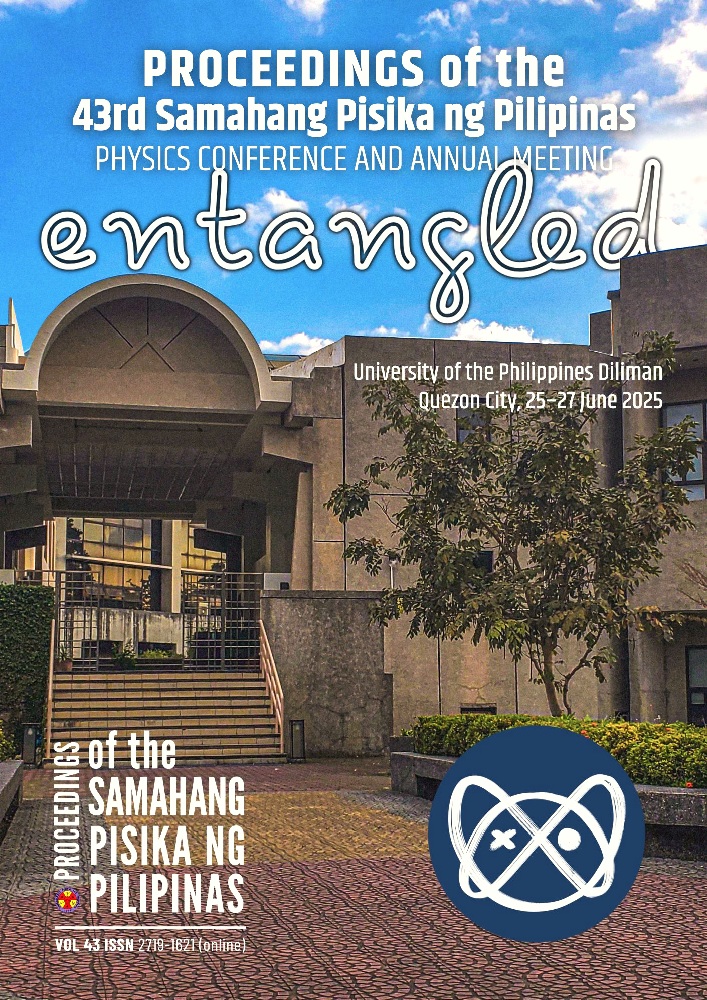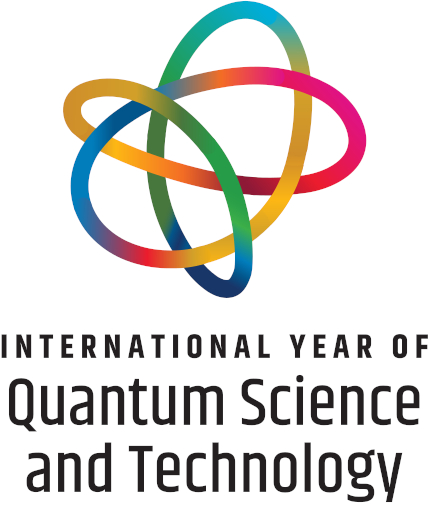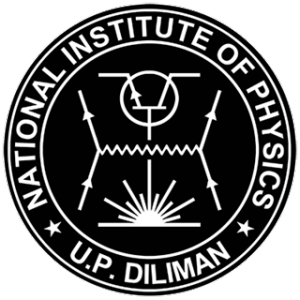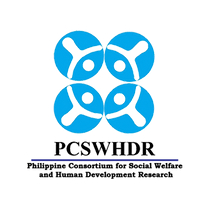Numerical simulation of response of graphene-based personnel dosimeters under ionizing radiation fields
Abstract
Graphene's 2D structure offers excellent mobility and conductivity for radiation dosimetry. In relation to this, graphene and some of its derivatives have already been proven to have feasibility for radiation dosimetry, particularly with ionizing radiation. In this paper, a modified tight-binding Hamiltonian was employed in modeling the effect of gamma rays, beta particles, and neutrons interacting with the graphene atoms. The interaction of these particles with the material was simulated using a deterministic numerical model. This study used standard dosimetric techniques to calculate the absorbed dose, and modified ionization and recombination equations were used to evaluate the charge-carrier dynamics. The study simulated a pristine graphene sheet as the baseline, which exhibited the highest charge collection efficiency. The introduction of multiple vacancies then increased the charges' trapping and recombination effects, and with single vacancies, the charge collection decreased slightly. The Stone-Wales defect had minimal impact on neutron and gamma interactions and modestly increased the sensitivity of beta radiation. It was then observed that, because of their weaker interaction with graphene, gamma rays demonstrated the lowest absorption among the three particles, and neutrons deposited the highest energy. In this paper a computational model was also presented to understand how defects affect charge transport and dosimetric performance in graphene.
Downloads
Issue
Entangled!
25-28 June 2025, National Institute of Physics, University of the Philippines Diliman
Please visit the SPP2025 activity webpage for more information on this year's Physics Congress.
SPP2025 Conference Organizers
SPP2025 Editorial Board
SPP2025 Partners and Sponsors











